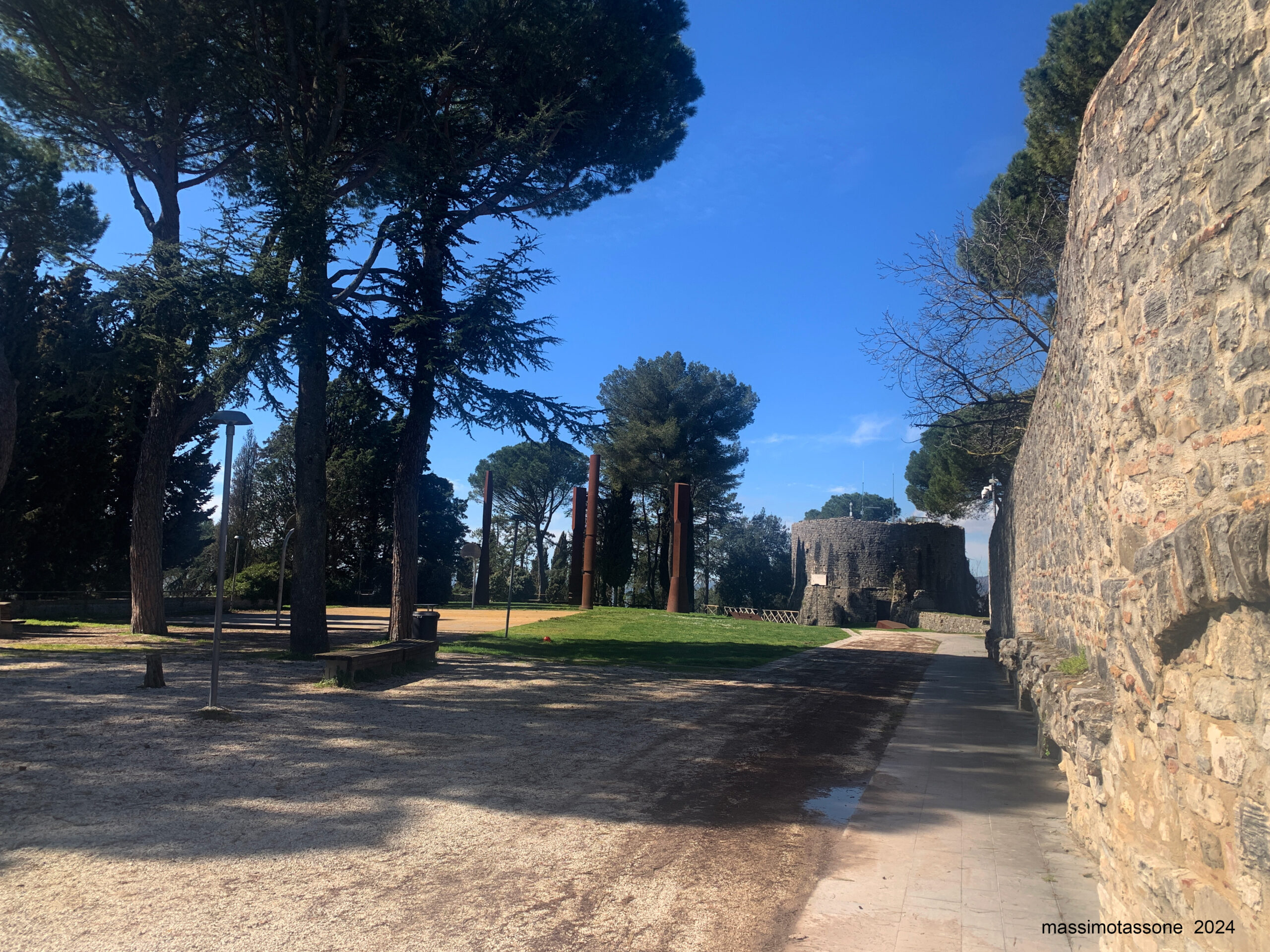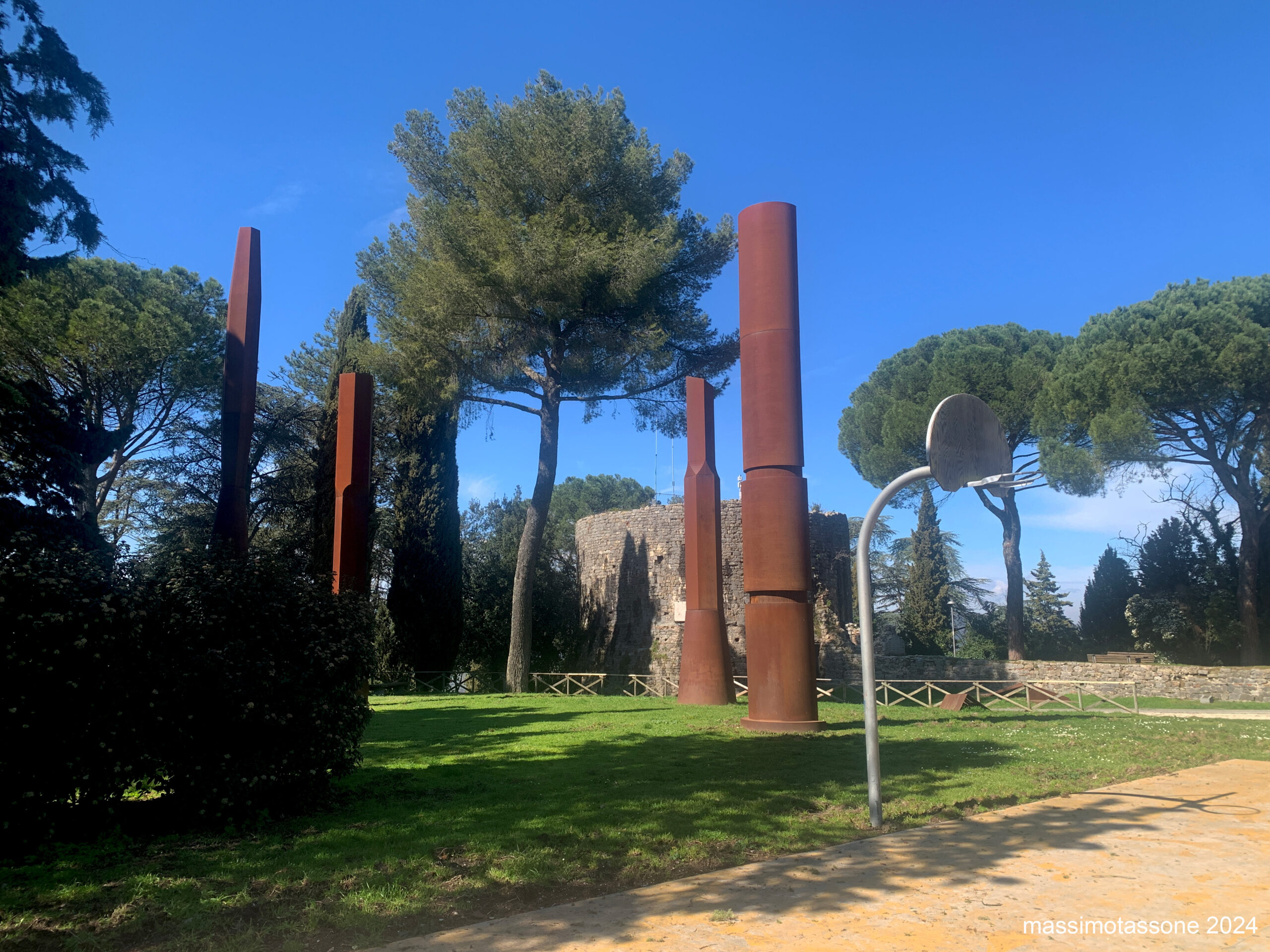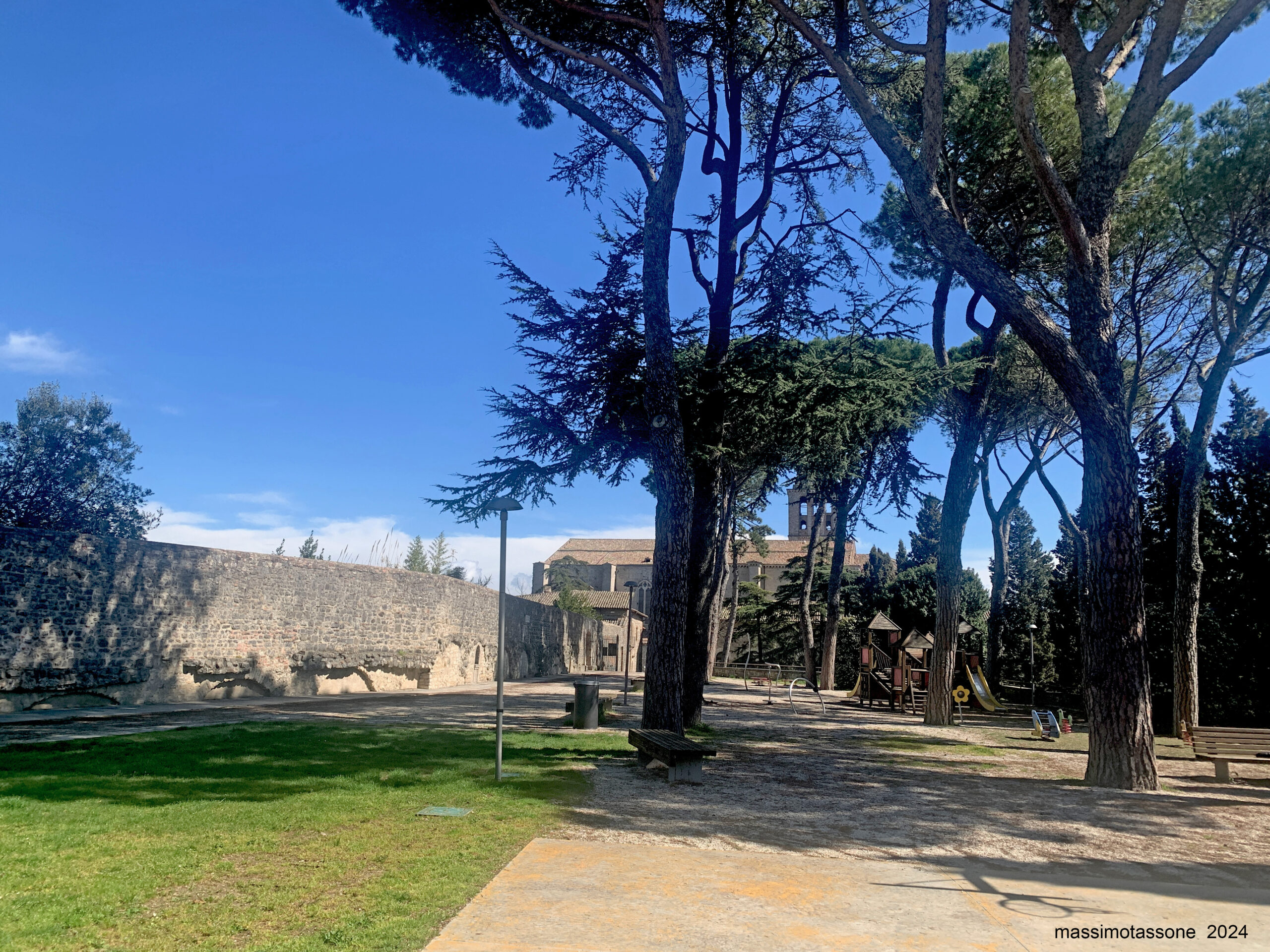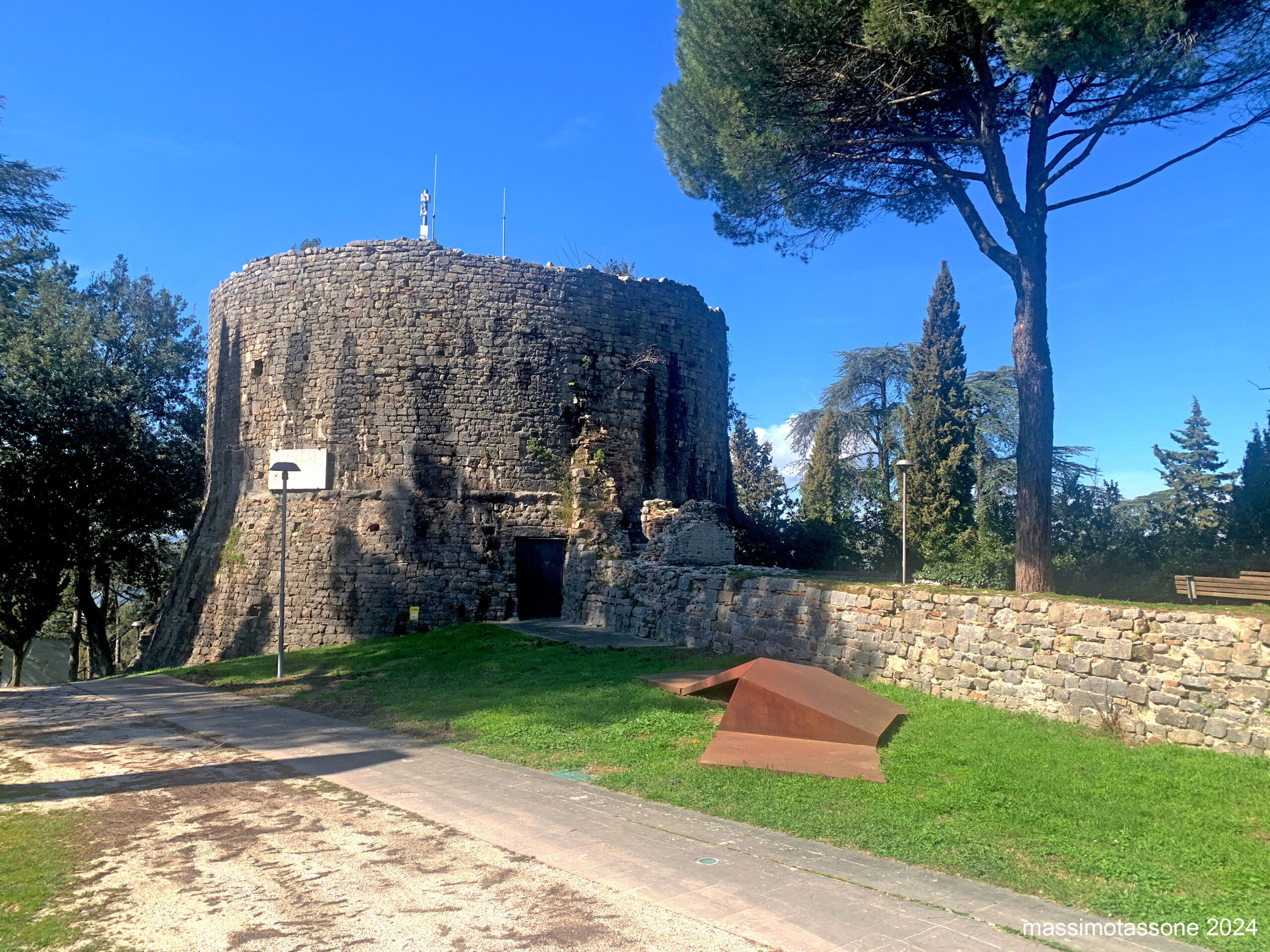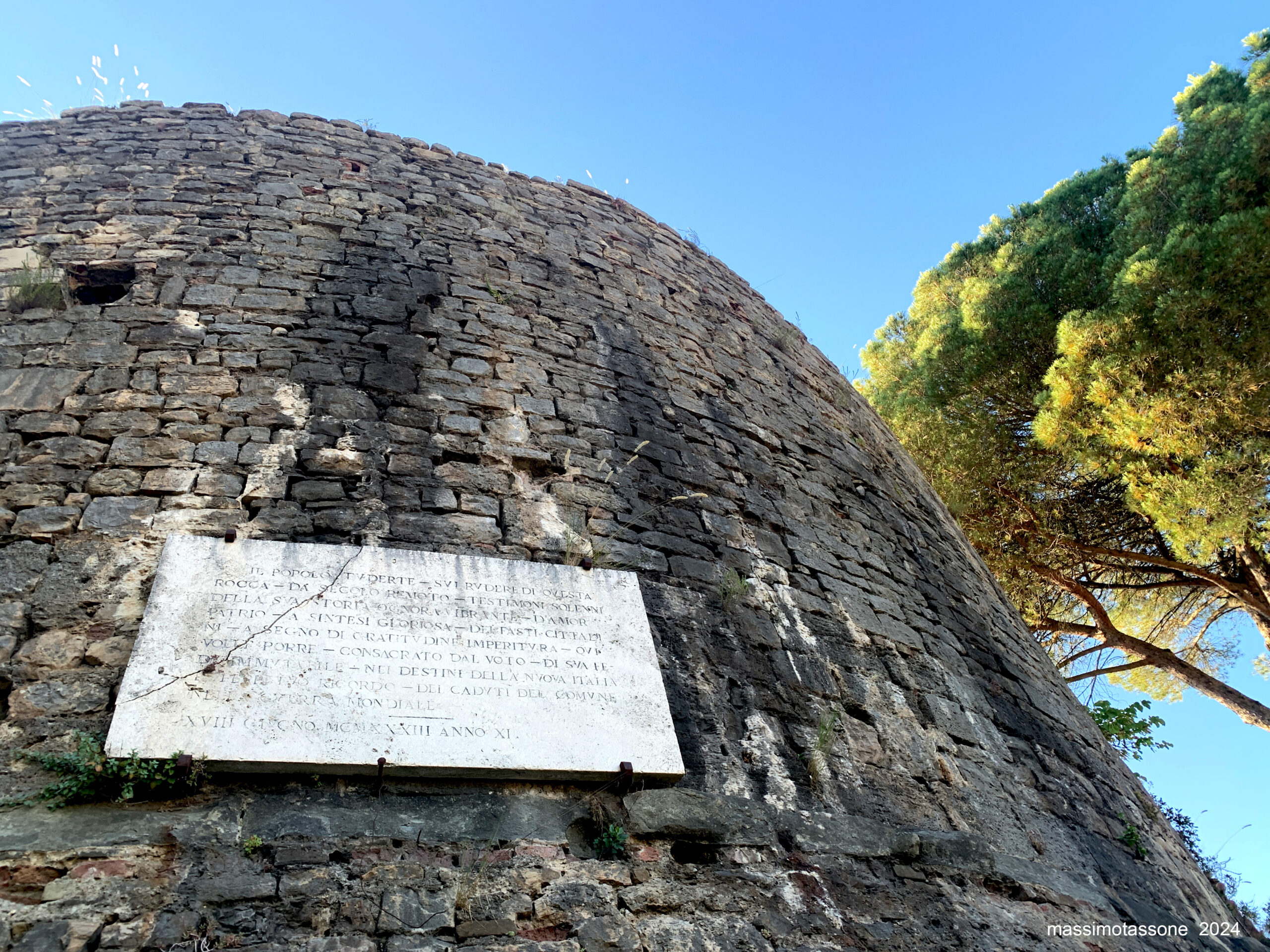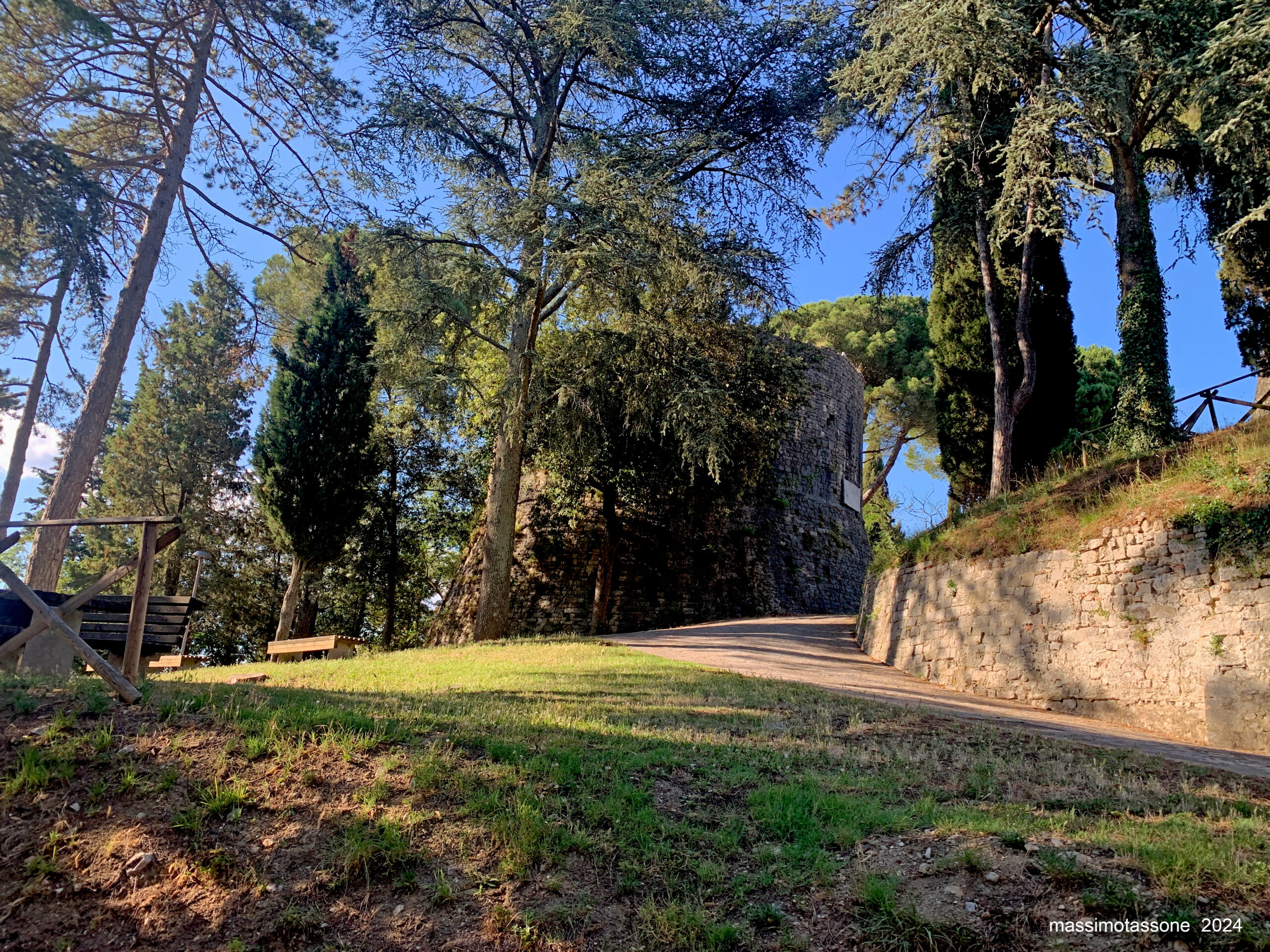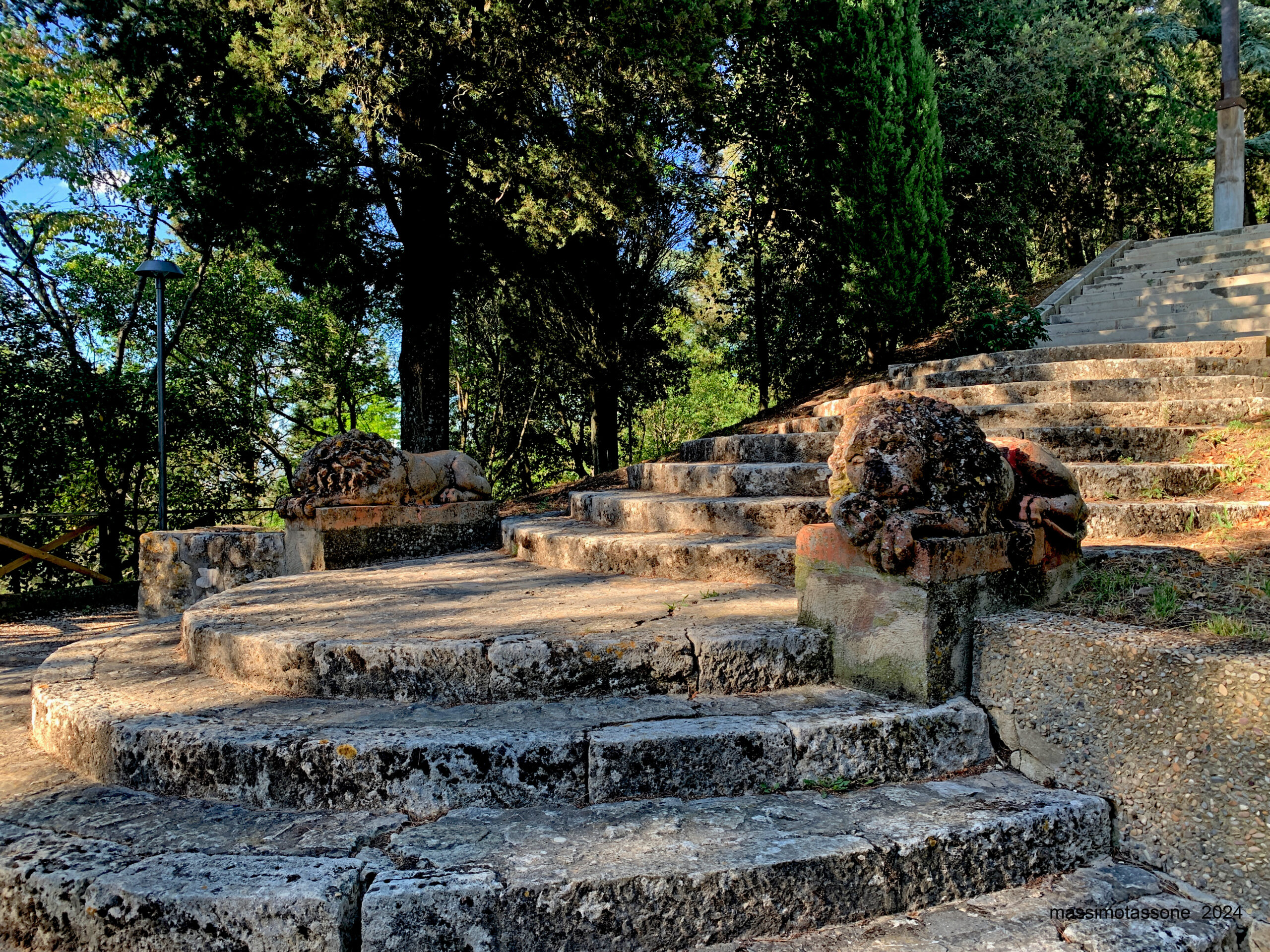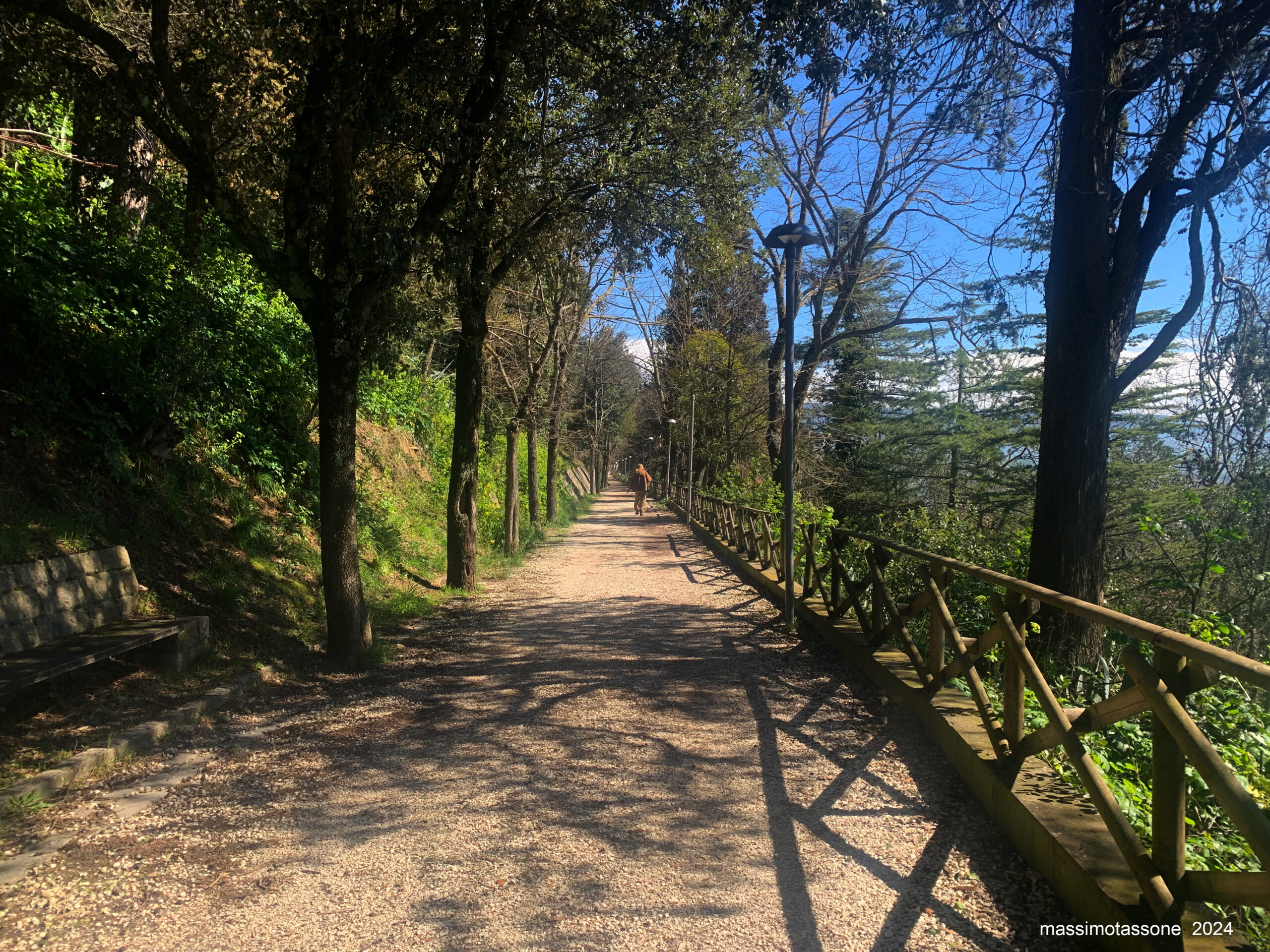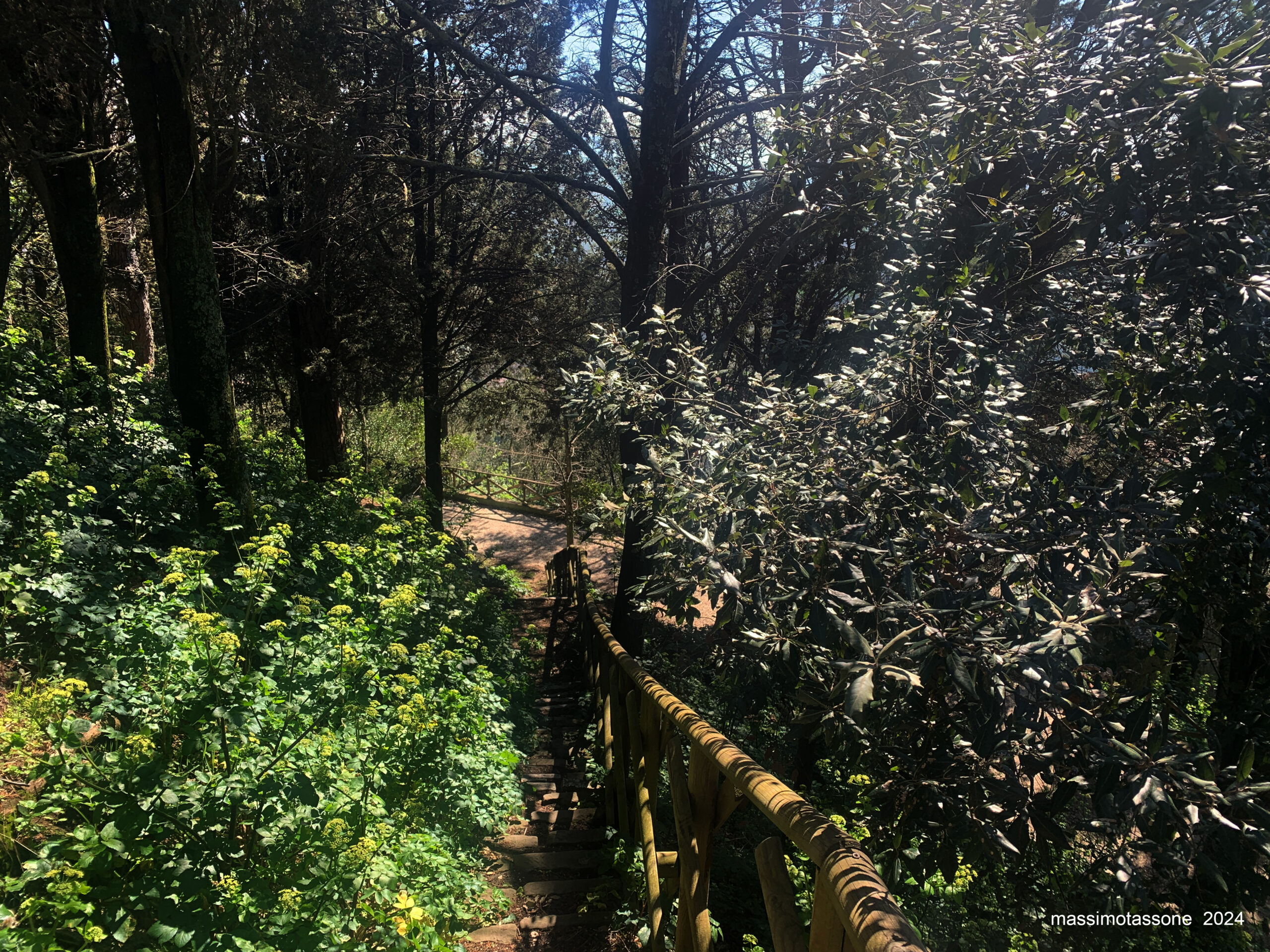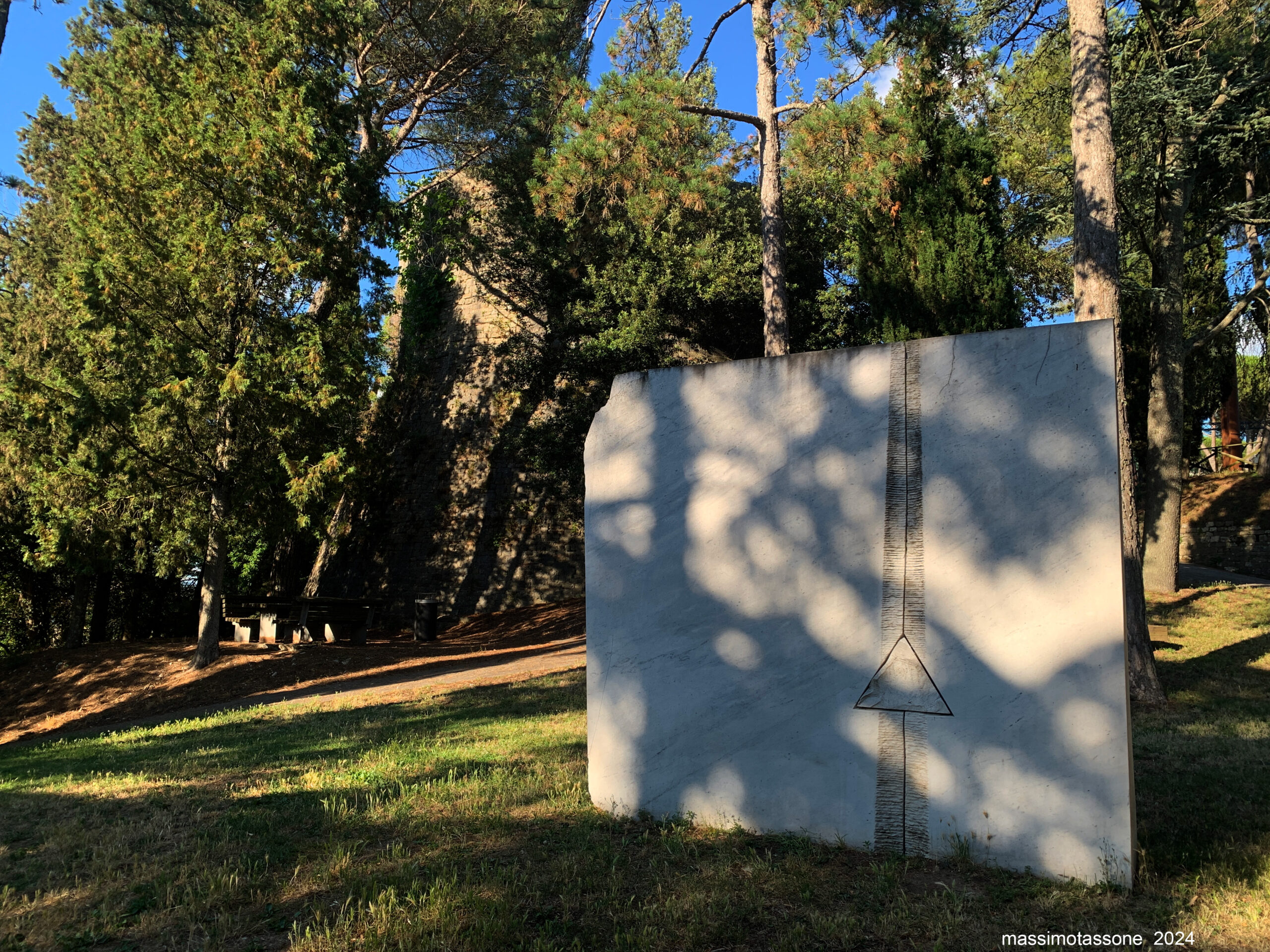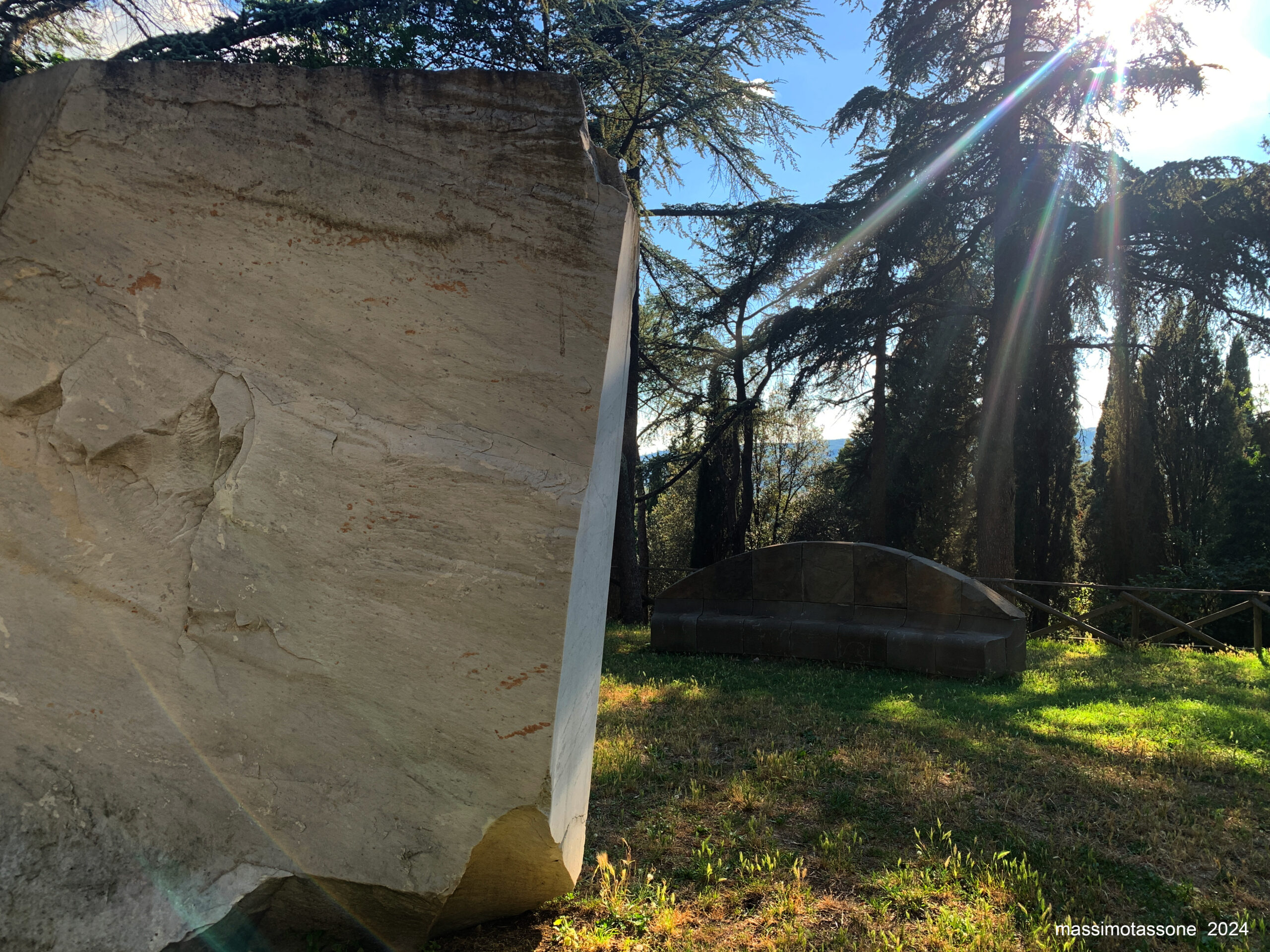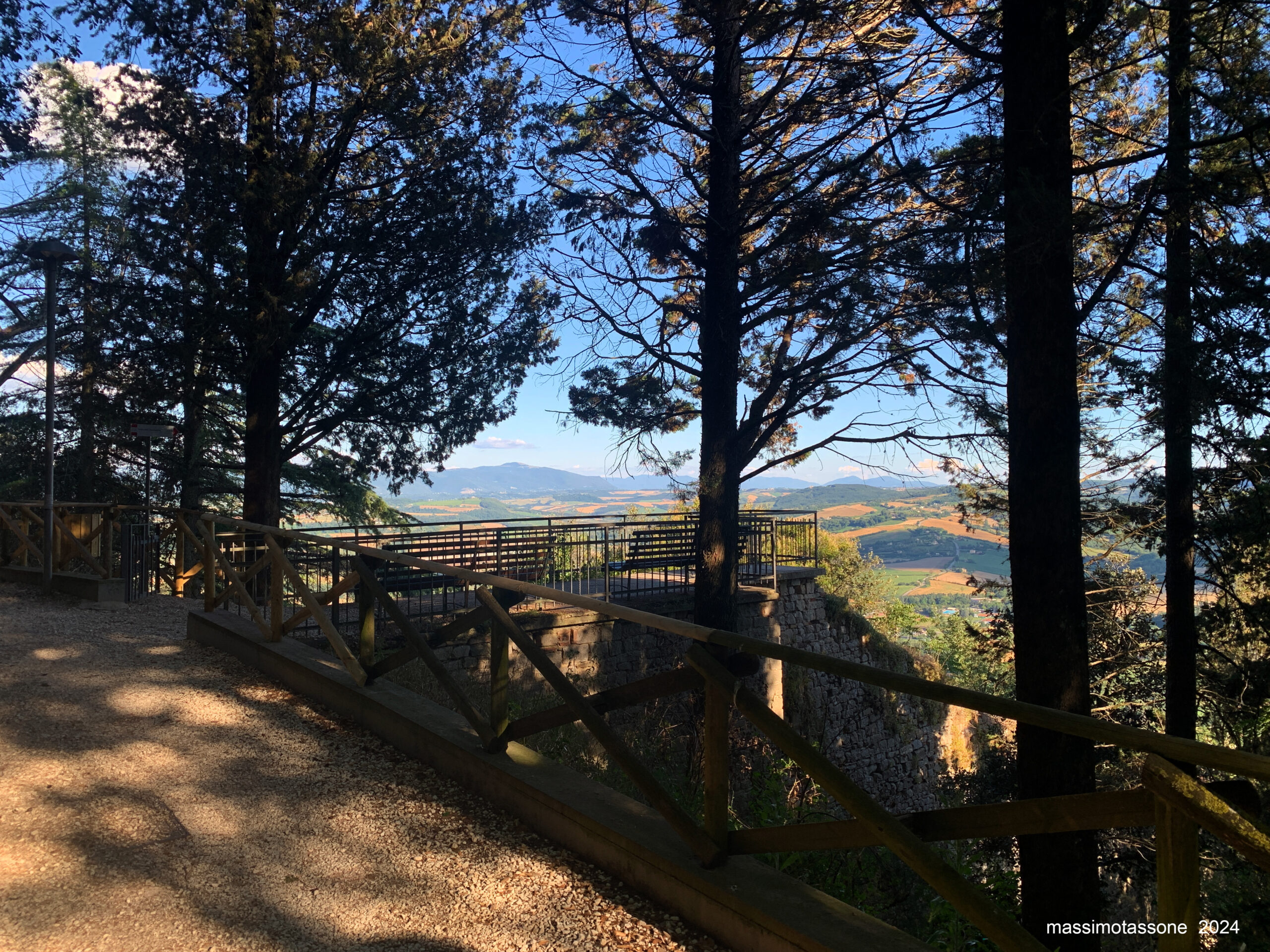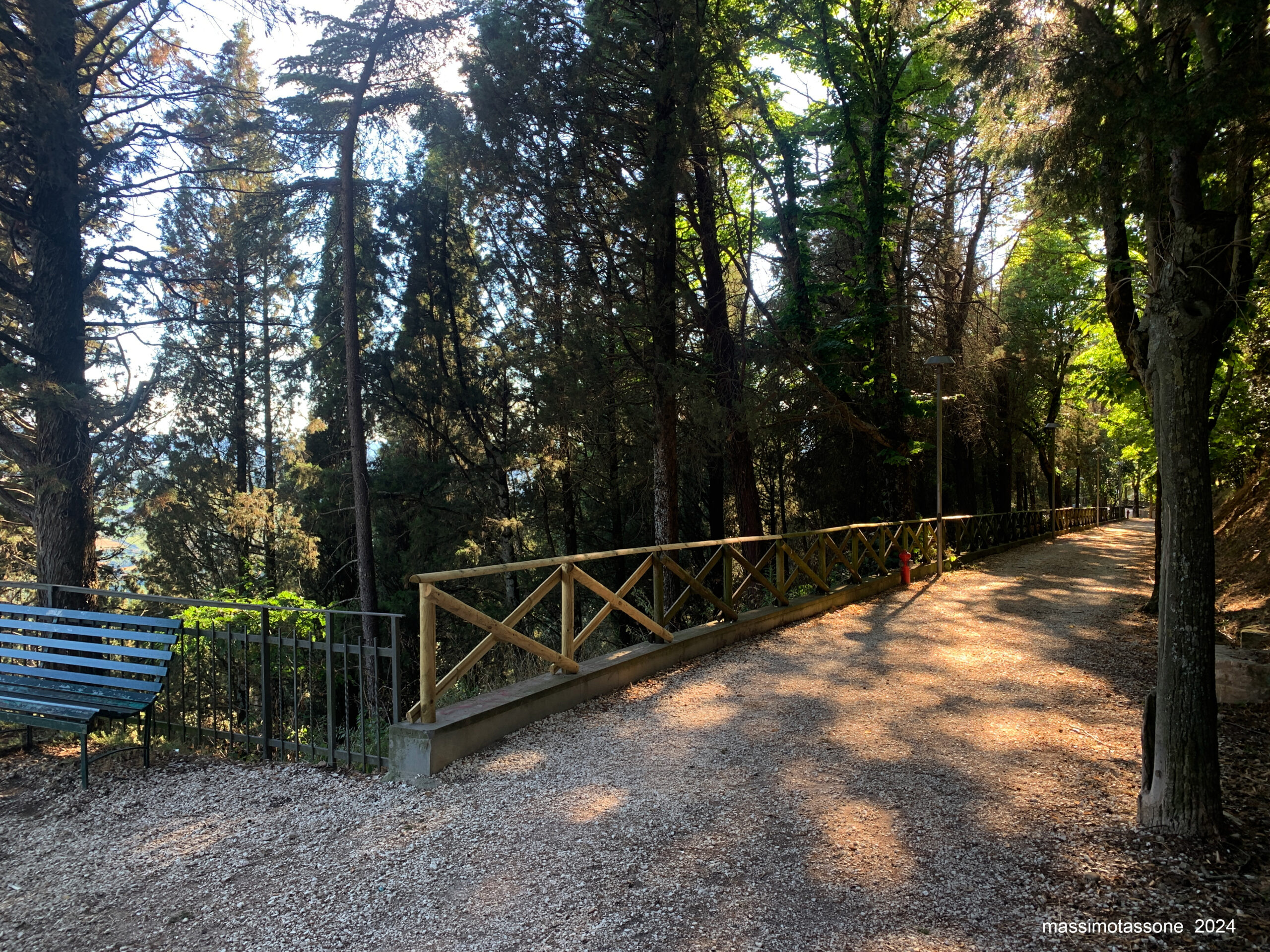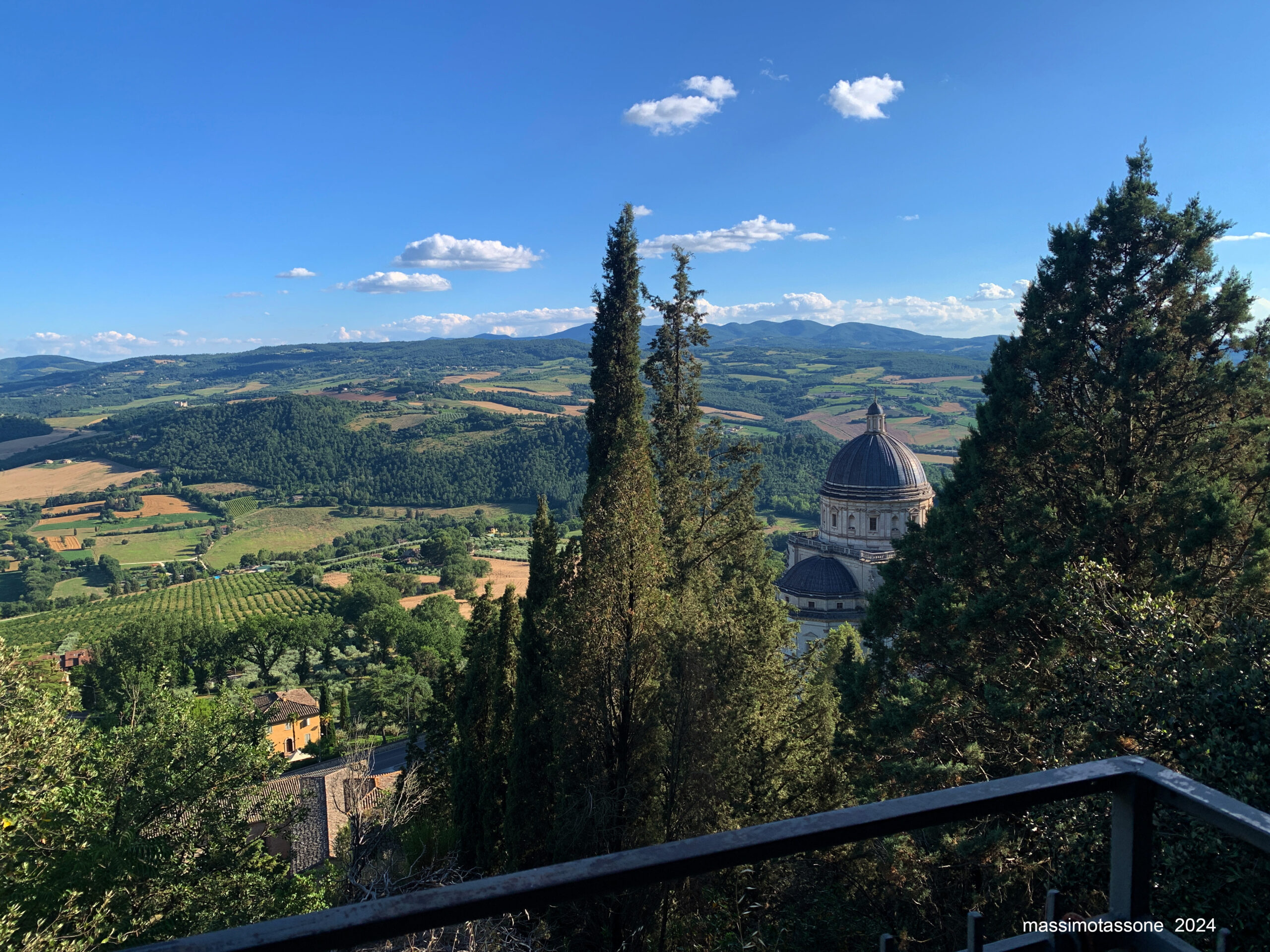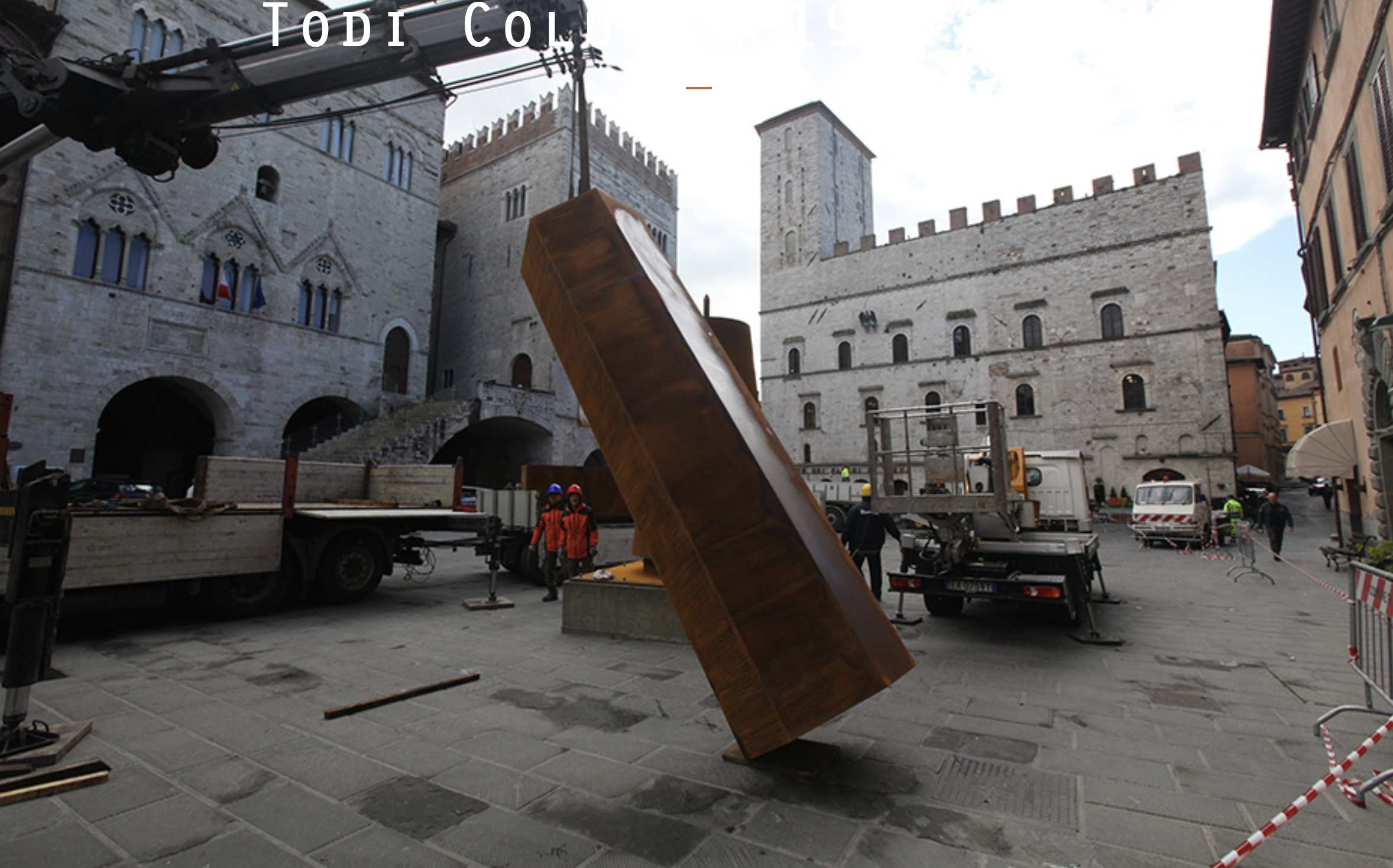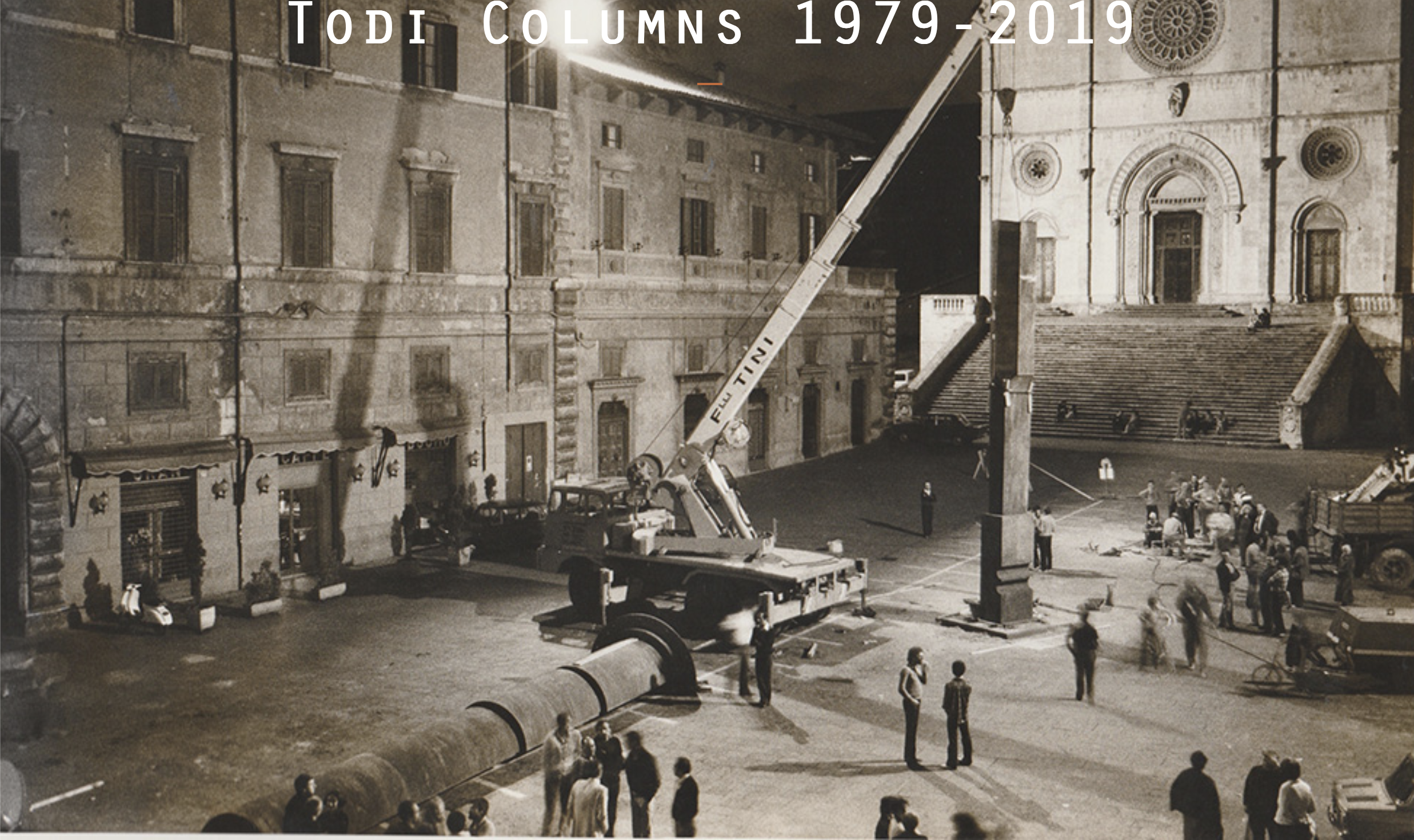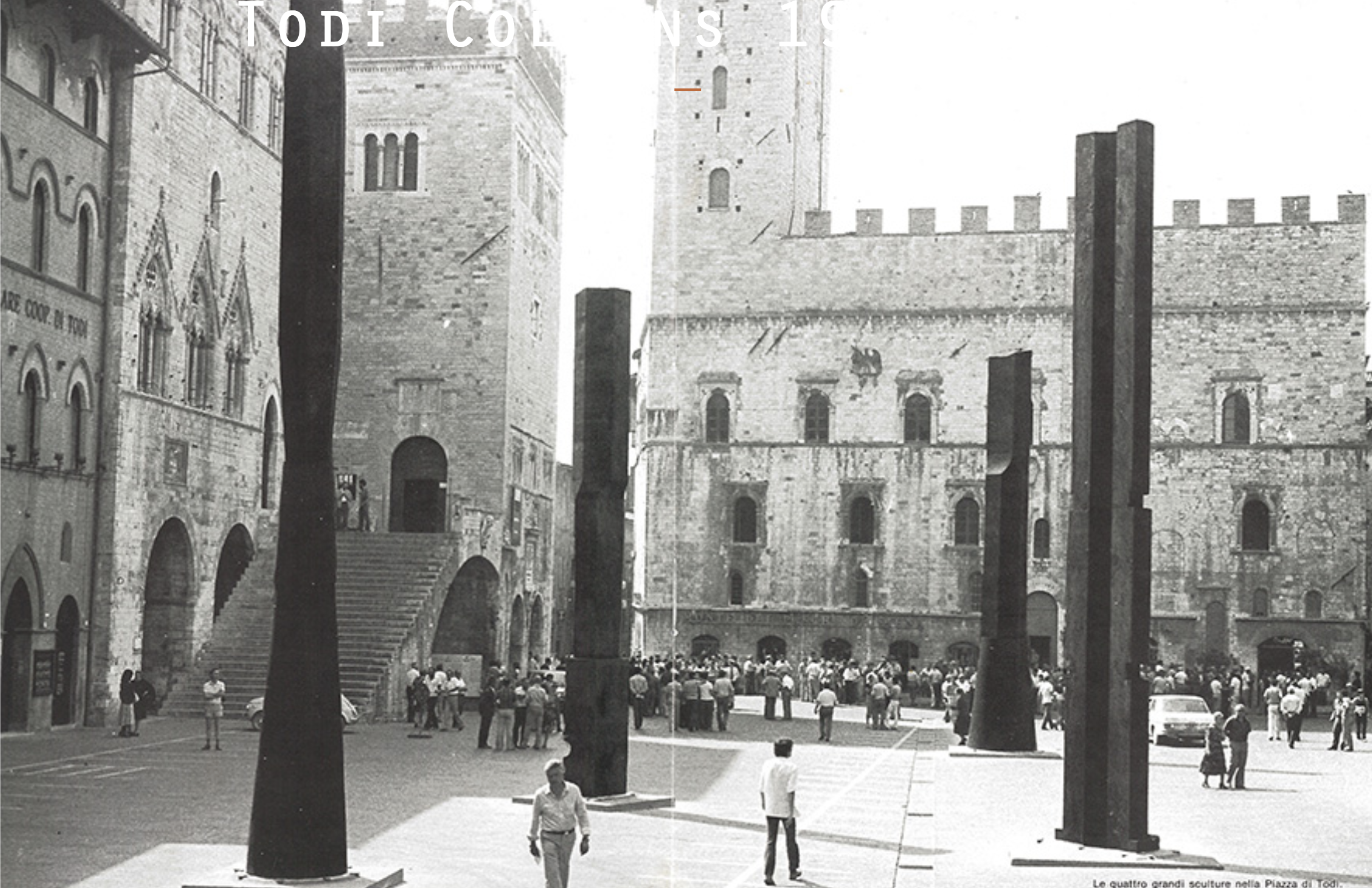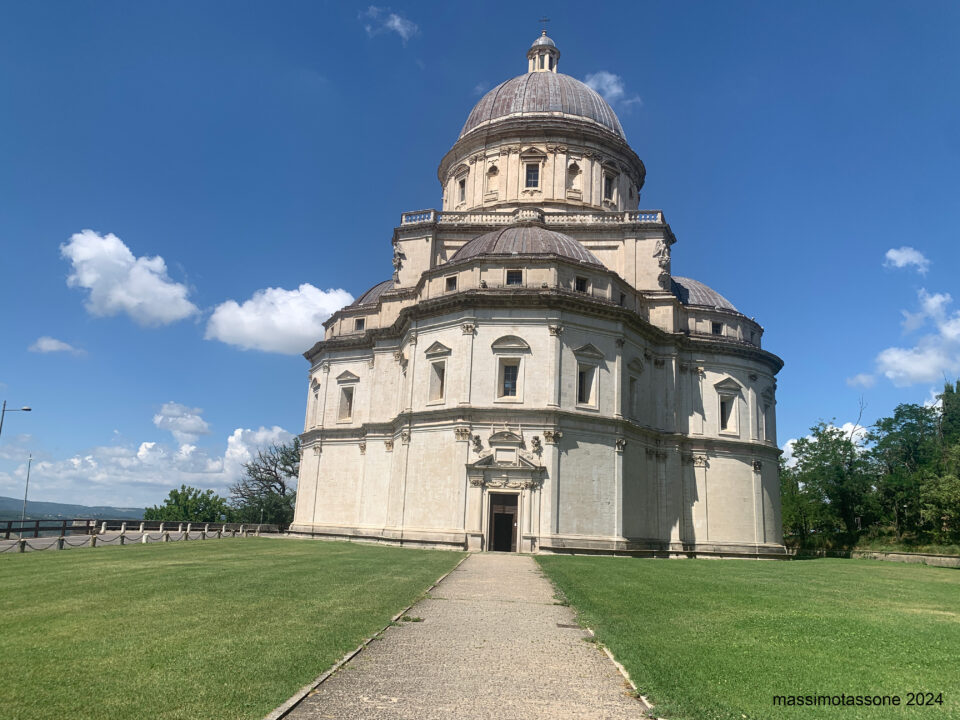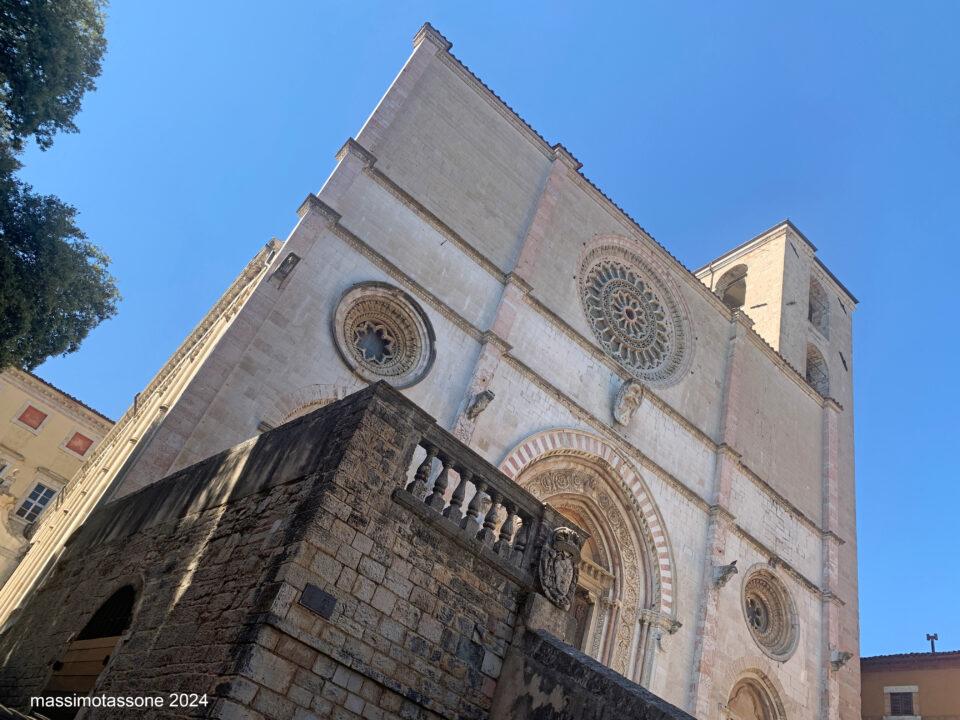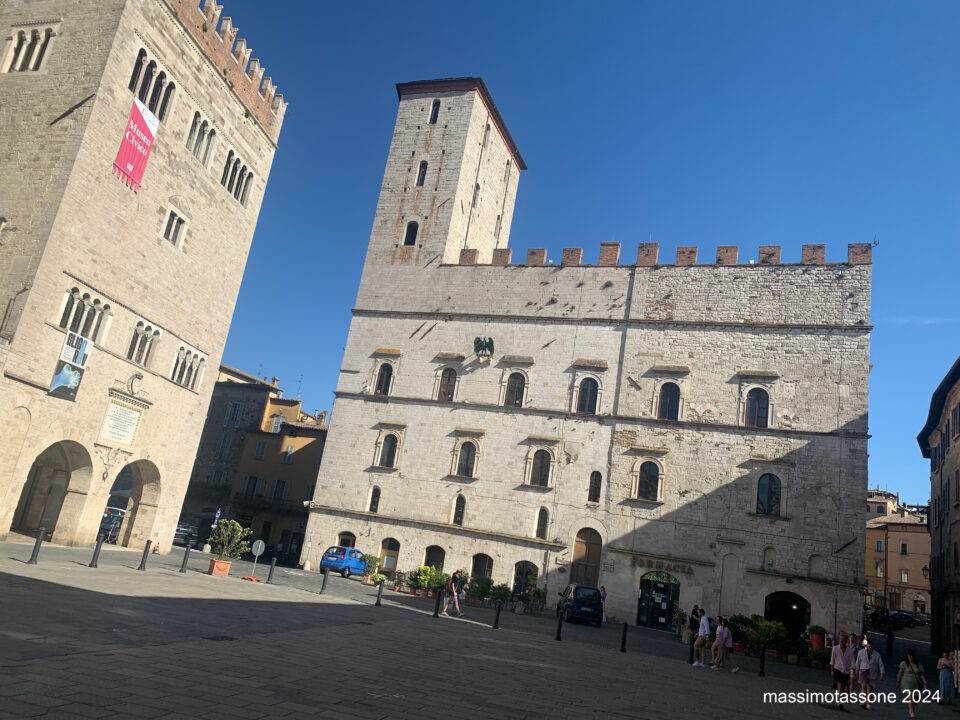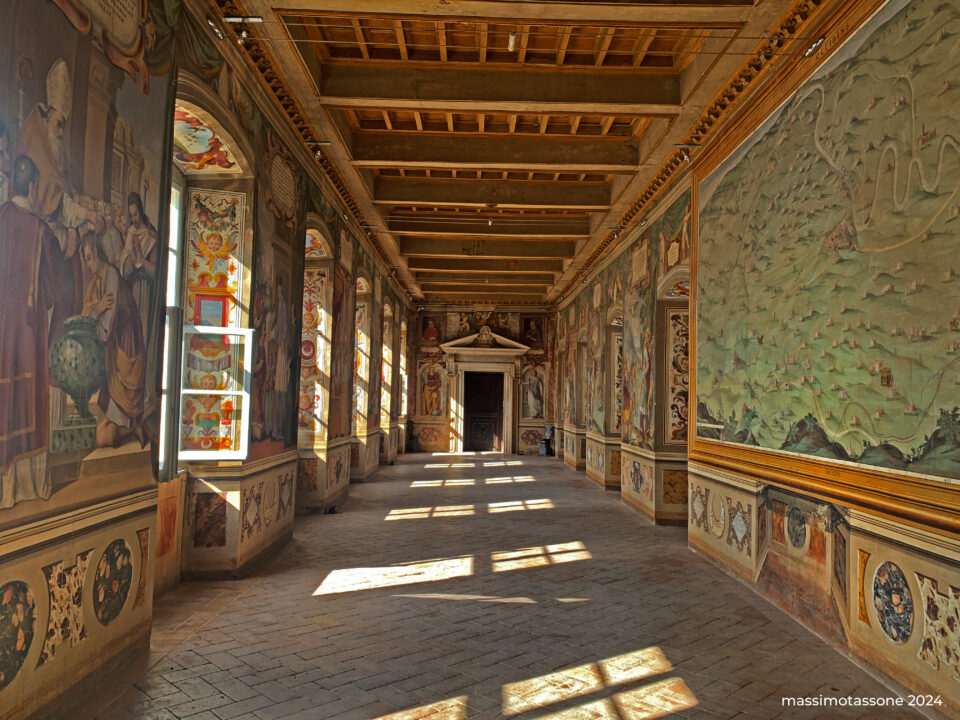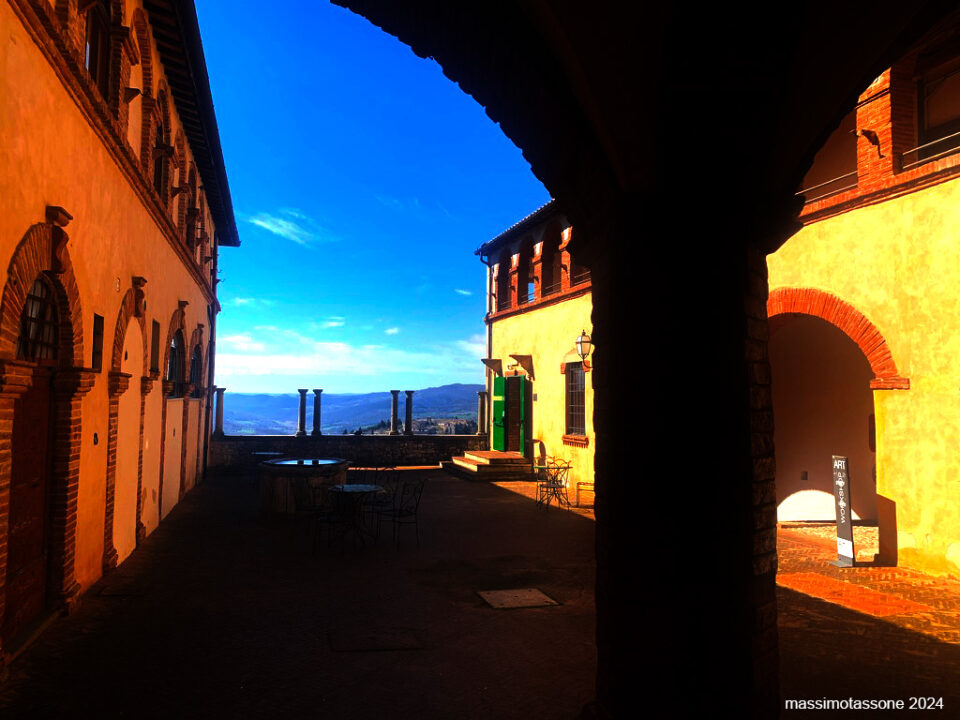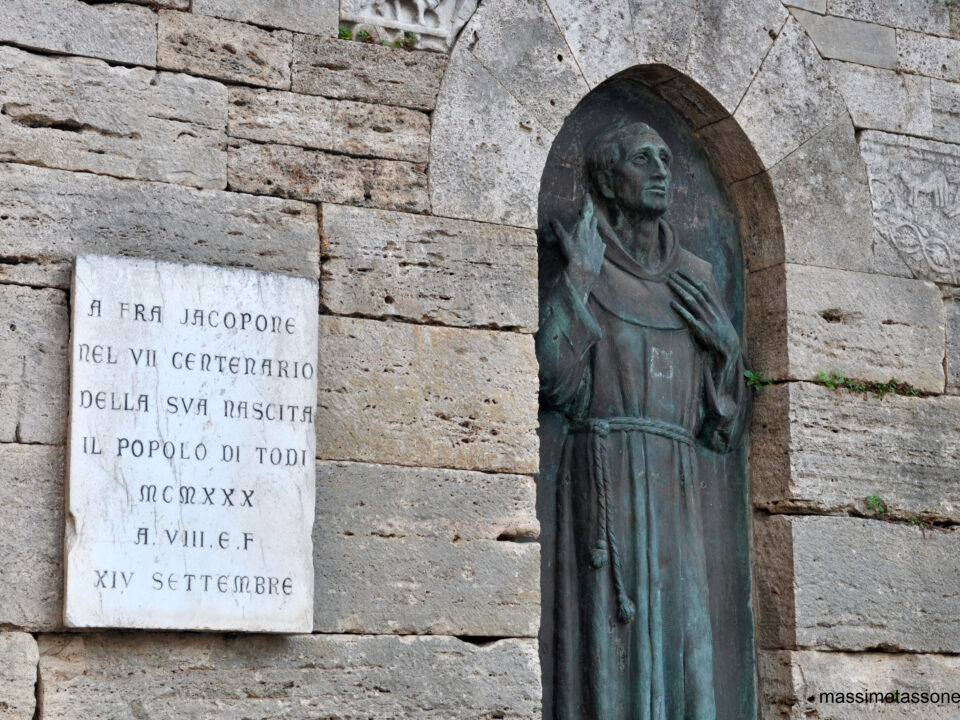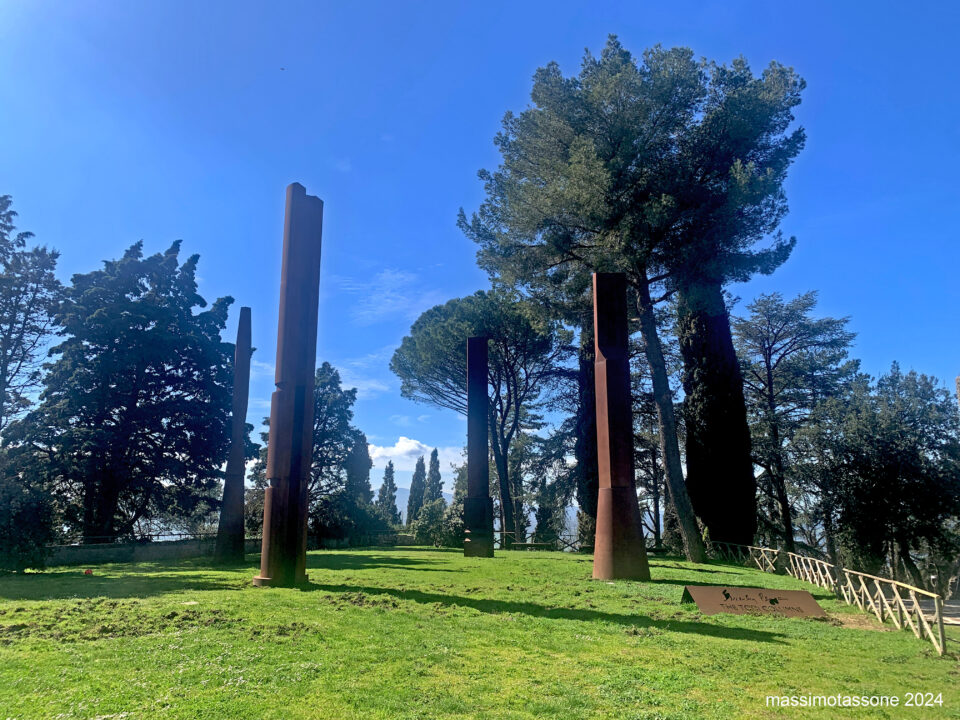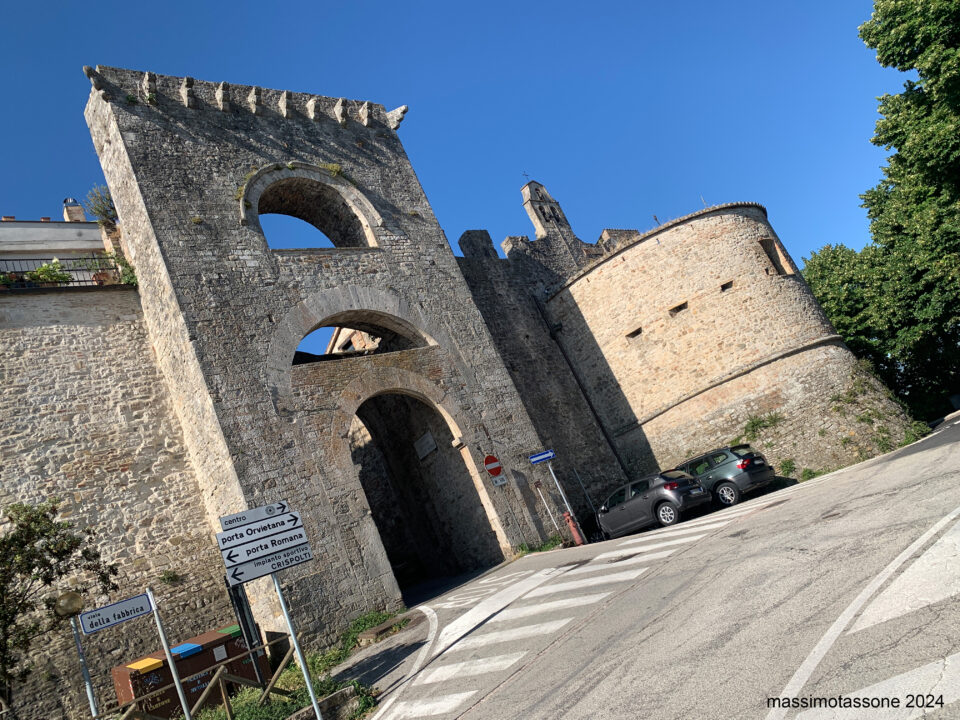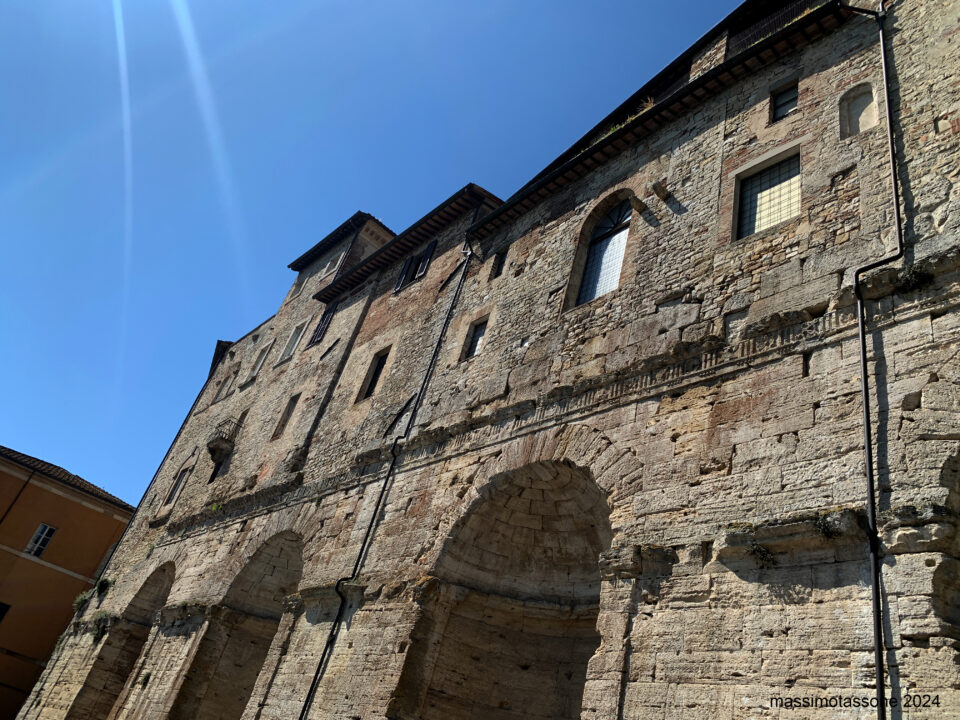The Rocca is the highest point of the hill of Todi, standing at 411 meters. It was built in 1373 by Pope Gregory XI as a symbol of his dominion over the city. To construct it, private homes (including those of the Atti family) and the monastery of San Leucio were demolished, and the friars moved to the convent of Santa Prassede. The fortress was destroyed in 1382 by the city's inhabitants but was rebuilt in 1423, only to be demolished again in 1503 by Ludovico degli Atti. The last remaining part of the keep was used as a water reservoir starting in 1925, after the construction of the new aqueduct for the city.
The most attractive feature of the site is certainly the square, which is now also equipped for children's games and offers an extraordinary panoramic point to admire the Monte Martano, the Sibillini Mountains, the Baschi Mountains, and Forello Mountains, as well as hills dotted with fortresses and villages such as Titignano and Montecastello di Vibio. At the foot of the park, there are two stone lions for protection, as well as a scenic loop walk, including the steep "Serpentina." From the Belvedere, visitors can view and admire the dome of the S. Maria della Consolazione temple from a unique and fascinating perspective.
In recent years, a permanent installation by artist Beverly Pepper, who lived in Todi from 1972 until her death, has been set up. The Park of Beverly Pepper is adorned with twenty sculptures donated to the city of Todi, all from her private collection and created using different materials (iron, stainless steel, stone) over various artistic periods (from the 1960s to the 2000s). Among these works are the two San Martino Altars (1993) and the re-edition of the "Todi Columns." The park spans two hectares, connecting two key points of the city: the Renaissance Temple of Santa Maria della Consolazione and the Temple of St. Fortunato, passing through the Rocca. It offers an urban-naturalistic route that allows visitors to fully experience the interaction between art, monumental structures, landscape, and the urban context, in a 30-minute walk with stunning views of the surrounding countryside.
The project includes the reclamation of the entire area and the restoration of all the works; the sculptor also designed stone benches called lunettes for the park. These were crafted from serena stone, a local stone from the quarries of Lake Trasimeno, and are intended as scenic spots from which visitors can admire the artwork or as meditative points where one can rest, listen to nature, and appreciate the art.







